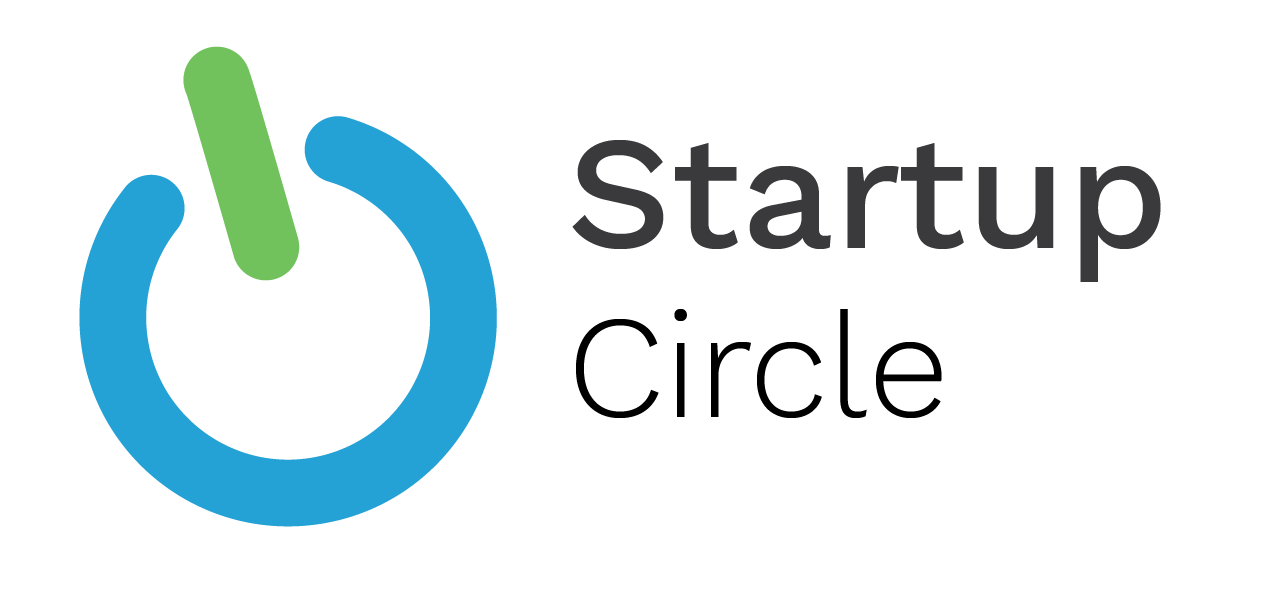4. Growth Marketing
In the previous three articles, we’ve learned how Lean Startup has driven startups to think about customer vs product development and has brought new opportunities for bootstrapping. In this final article, we’ll bring these all together into a framework for customer-focused product development. This framework, known as Growth Marketing, is a holistic view of marketing. Growth Marketing integrates the three elements of customer engagement, product development, and customer acquisition, into a virtuous loop that produces the ‘hockey stick’ exponential growth pattern.
Attention Is The World's Scarcist Resource
Although we are more connected than ever before, the internet has also made us more separated. Whereas there used to be only dozens, or possibly a few hundred, print and television outlets where customers could be reached, now there are thousands of services and channels strewn across billions of internet pages. Even though the myth of humans having a smaler attention span than goldfish was debunked, it is certainly true that ‘attention’ – getting it and keeping it – is one of the scarcest resources on the planet.
Part of this of course is due to the ever tightening media and reality bubbles that Google, Facebook and similar services have wrapped us in through their alogrithms. Part of it is the sheer amount of data – there are over 200 million active websites now. Another significant factor that makes getting and keeping attention harder than it has ever been, is the increasing use of sophisticated and well funded marketing techniques employed by the largest companies.
Gone are the days when you can successfully hack yourself to the top of Google rankings with clever manipulation of a few keywords. Not only has search engine technology become more sophisticated, but so has the degree of link sponsorship and pay-to-play. For most startups, it is far too slow and impractical to focus on an inbound approach to marketing – by for example posting and blogging – and using SEO (Search Engine Optimization) to try and trap users to visiting your website.
Focus On Customer Engagement
Because the whole game nowadays is getting someone’s attention long enough for them to make a purchase decision, identifying and reaching a customer is much more important than developing a product or service. If the problem the customer has is one side of the coin, and your product is the other, then the customer is the coin itself.
One way to think of this is that startups really only have one ‘department’ or function – and that is Marketing.
Marketing is the generous act of helping someone solve a problem. Their problem. Marketing helps others become who they seek to become.
Seth Godin - "This is Marketing"
Armed with this, it is clear that all these are marketing in some form or other:
- Customer discovery
- Problem identification
- Solution development
- Inbound & outbound attraction
- Sales and funnel conversion
- Market growth and product scaling
The traditional way of looking at marketing as either being ‘outbound’ (for example print or Facebook ads) or ‘inbound’ (Search or content-driven), is not particularly useful for startups. On the one hand, startups don’t have the market reputation or recognition to make outbound tactics particularly effective (even if they could afford them – which most can’t). On the other hand, inbound tactics such as search and contents are too slow, too random, and – let’s be honest – too much hard work, to be viable either.
Growth marketers look at the situation slightly differently. Instead of trawler-fishing with broad nets cast into the wide ocean, startup-orientated growth marketers are rock-poolers. They scour nooks and crannies, looking for the select few on which they can lavish their focus on. Done skillfully, this type of marketing is both outbound and inbound marketing together. The task is one of searching out the chosen few that you wish to serve, and then meeting them where they are. You tailor a solution for them, or conversely search for the few customers for whom your product fits so perfectly it appears tailored. Creating value, and forming relationships, are the key elements here.
Growth marketing, therefore, is fundamentally a strategy of engagement. The authentic engagement of your customer in a way that involves them in the actual process of product development itself.
Growth Loops
The final piece – and that which puts the ‘growth’ in growth marketing – is a ‘growth loop’. The growth loop is the self-sustaining engine of customer acquisition. In order to get the hockey-stick chart favored by investors and founders alike, it is absolutely necessary to build in a positive feedback loop into your customer acquisition plan. Simply put, this is the mechanism by which one customer gets the next customer. There are many different types of loop – just two examples are the UGC loop and the Paid Ad loop.
The UGC (User Generated Content) loop was a popular one in the early days of the internet, and is the foundation of sites like Quora and Medium. The more content on the site, the more it attracts readers, and the more it attracts readers, the more it attracts authors creating content….and so it goes. Loops don’t necessarily need to be quite as organic as this though. The Paid Ad loop uses user subscriptions to pay for more ads, which brings in more users…and so it goes.
How Do You Start?
The good news is that it is easier and cheaper than ever to get a company started the right way with a plethora of tools and services that can be had on a monthly basis. The bad news is that there are a plethora of tools and services – it can be overwhelming to know where to begin (and also where to stop).
We created the Startup Circle to help people just like us to start a business without falling victim to the Mini-Me, Product-centric approach as I once did. We’ve carefully curated a tool stack of best-of-breed email marketing, social media, link tracking, and funnel analysis tools.
Combining these tools with techniques from Lean Startup, and the know-how from decades of experience, we take companies through the Ideation and Incubation phases of innovation by providing the process, the tools, the collaboration, and the mentorship to help you succeed at starting a business, or at least, to not lose your shirt in the process.
Other Articles In This Series
Schedule a free consultation
0Paul Osborn
07930 150 888
(c) 2021 Startup Circle

